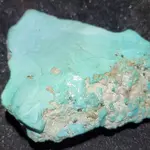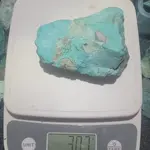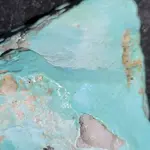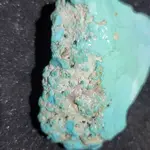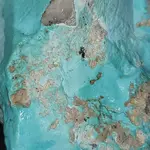Mazzalani11
Greenie
I picked this up from a woman that told me adamantly it is turquoise. It has a sheen to it and density seemingly more then chrysocolla. My idea of turquoise is well...more turquoise. Meaning darker in color not so sky or light blue. Any thoughts greatly appreciated, thanks in advance!



